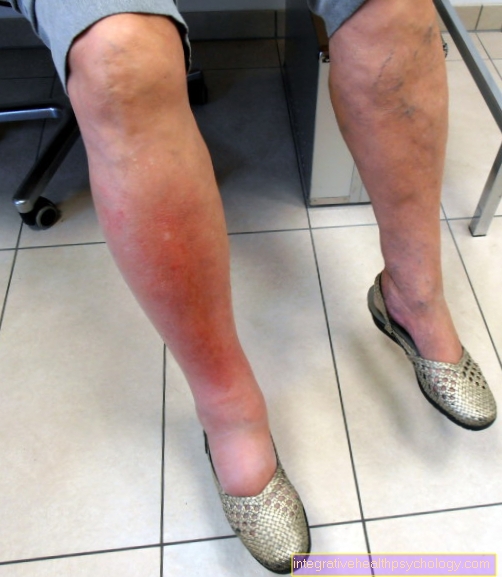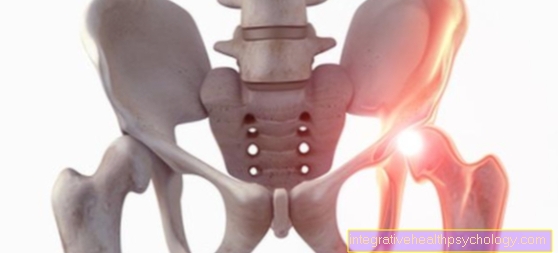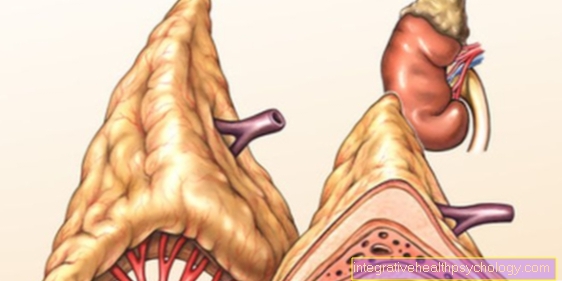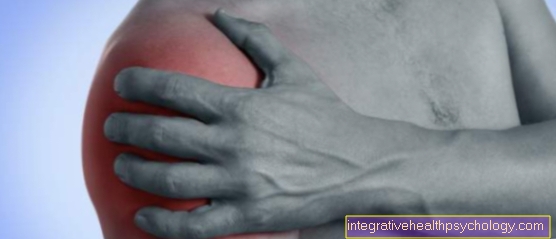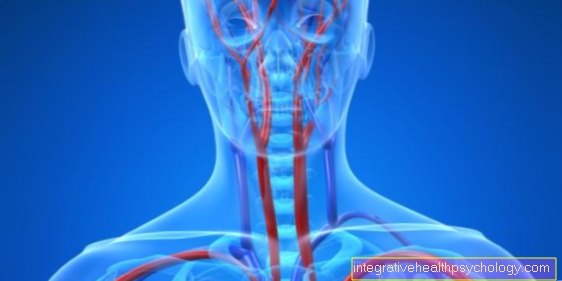Diseases of the nose
Below you will find an overview and brief explanation of the most important diseases of the nose.
Diseases of the nose can be divided into diseases of the external and internal nose, depending on their occurrence.

Classification of diseases in the nose
In the following, the most common diseases in the nose are divided into:
- Diseases & Injuries of the External Nose
- Diseases & Injuries of the Inner Nose
Diseases & Injuries of the External Nose
Broken nose
The prominent position of the nose on the face makes the nasal bone a common place for fractures. This is usually done through blunt force, such as a blow on the nose. Symptoms of a broken nose include pain in the nose, nosebleeds, and swelling of the nose, which may be accompanied by obstruction to nasal breathing. The diagnosis is usually made through an X-ray. Most nasal bone fractures can be fixed without surgery.
Further information on this topic can be found at: Broken nose
Curvature of the septum
Curvature of the septum is usually present at birth, but it can also be caused by an injury. The main symptom is disturbed nasal breathing, which leads to sleep disorders and snoring, especially at night. The therapy of a curvature of the nasal septum is an operative correction of the nasal septum. This is carried out by the ENT doctor.
Further information on this topic can be found at: Curvature of the septum
Pain in the nasal bone
Pain in the nasal bone can have a variety of causes. On the one hand, trauma such as a blow on the nose can lead to pain. On the other hand, diseases of the inner nose, such as swelling of the nasal mucosa, can also cause pain in the nasal bone.
Further information on this topic can be found at: Pain in the nasal bone
Diseases & Injuries of the Inner Nose
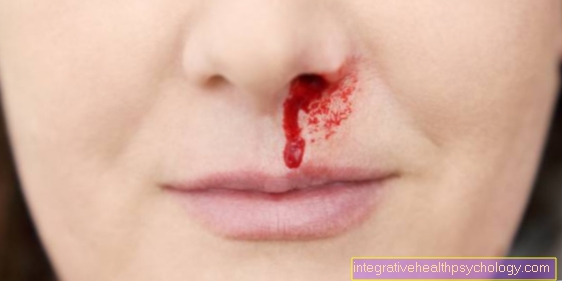
Epistaxis
On the one hand, nosebleeds can have harmless causes, such as a dry nose or the use of blood-thinning medication. However, nosebleeds can also be a symptom of other conditions, such as high blood pressure or a tumor of the nasal lining. Therapy is primarily to stop the nosebleed. To do this, the upper body should be raised, the head should be bent forward and the nostrils should be firmly pressed together for about 5 minutes. If this does not help, there is the possibility of stopping the nosebleed in the hospital, for example with a tamponade.
Further information on this topic can be found at: Epistaxis
sniff
The popularly known runny nose is nothing more than a mostly viral inflammation of the nasal mucous membranes. The typical symptoms are runny nose, sneezing, and obstructed nasal breathing. In most cases, no therapy is necessary as spontaneous healing occurs within a week. Nasal sprays can be used as a support.
Further information on this topic can be found at: sniff
Sinus infection
A sinus infection is usually caused by viruses. The inflammation can affect any of the sinuses. The main symptoms are a purulent nasal discharge, a general feeling of malaise and a dull tenderness over the affected sinus. Decongestant nasal drops can be used for therapy and, if necessary, an antibiotic can also be used.
Further information on this topic can be found at: Sinus infection
Inflammation of the nose
An inflammation of the nose can occur with some clinical pictures. For one thing, the lining of the nose can be inflamed. In addition, the skin around the nose can become inflamed and cause symptoms. The respective therapy depends on the underlying disease.
Further information on this topic can be found at: Inflammation of the nose

Inflammation of the nasal mucous membrane
Inflammation of the nasal mucous membranes usually occurs as part of a cold and is usually caused by viruses. However, it can also have an allergic cause. When the nasal mucous membrane is inflamed, there is increased discharge from the nose, sneezing and obstruction of nasal breathing. In most cases, there is no therapy for a simple inflammation of the nasal mucous membrane. Decongestant nasal sprays can be used symptomatically.
Further information on this topic can be found at: Inflammation of the nasal mucous membrane
Polyps
Polyps of the nose are swollen enlargements of the nasal mucosa. From a certain size, these can lead to a blockage of the nasal passages. Symptoms of polyps include profuse mouth breathing due to obscured nasal breathing, snoring, and a nasal voice. The diagnosis of polyps is made by an ENT doctor. The treatment of choice is surgical removal of the polyps.
Further information on this topic can be found at: Polyps
Nasal furuncle
A nasal furuncle is caused by a bacterial infection of a hair root in the nose. This is noticeable by pain and redness in this area. Depending on the severity of the boil, it can be treated with an antibiotic ointment. In addition, sufficient hygiene should be ensured and irritation of the nose avoided as far as possible.
Further information on this topic can be found at: Nasal furuncle
Swollen nose / nasal mucosa
In the case of a swollen nose, a distinction must be made whether the outer or inner nose is swollen.External swelling of the nose is usually due to a blow or other trauma. A swelling from the inside is usually a swelling of the nasal mucosa, which can be caused by various factors such as a viral infection. Therapy depends on the underlying cause of the swelling.
Further information on this topic can be found at: Swollen nose and Swollen nasal lining
Smelly nose
The smelly nose is a degeneration of the nasal mucous membrane that occurs either spontaneously or after operations or tumors of the nasal mucous membrane. Excessive use of nasal spray can also be a cause. The symptoms are purulent nasal discharge and an unpleasant smell from the nose, which, however, is not noticed by those affected. Several operations are available for therapy. However, these can alleviate the symptoms but do not promise a cure.
Further information on this topic can be found at: Smelly nose
Illustration of the nose
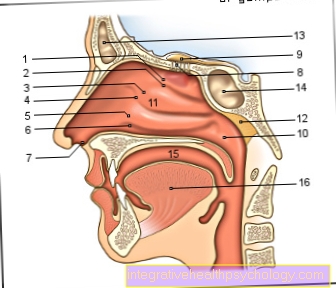
- Upper turbinate -
Concha nasi superior - Upper nasal passage -
Superior nasal meatus - Middle turbinate -
Concha nasi media - Middle nasal passage -
Meatus nasi medius - Lower turbinate -
Concha nasi inferior - Lower nasal passage -
Meatus nasi inferior - Atrium of the nasal cavity -
Nasal vestibule - Olfactory threads - Fila olfactoria
- Olfactory bulb - Olfactory bulb
- Rear opening of the
Nasal cavity - Choana - Nasal cavity - Cavitas nasi
- Pharyngeal almond -
Pharyngeal tonsil - Frontal sinus - Frontal sinus
- Sphenoid sinus -
Sphenoid sinus - Oral cavity - Cavitas oris
- Tongue - Lingua
You can find an overview of all Dr-Gumpert images at: medical illustrations


